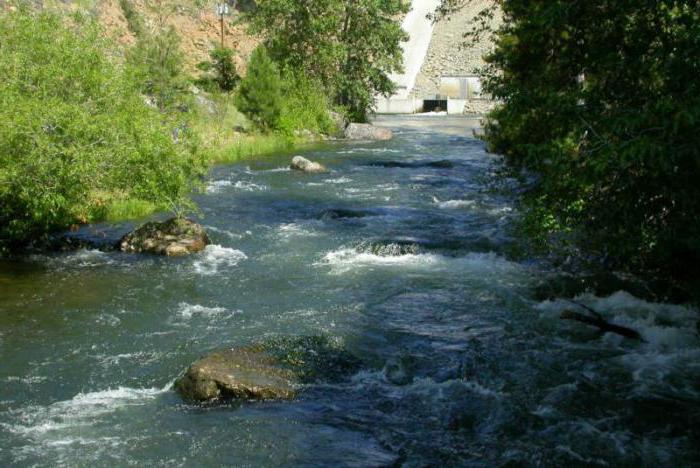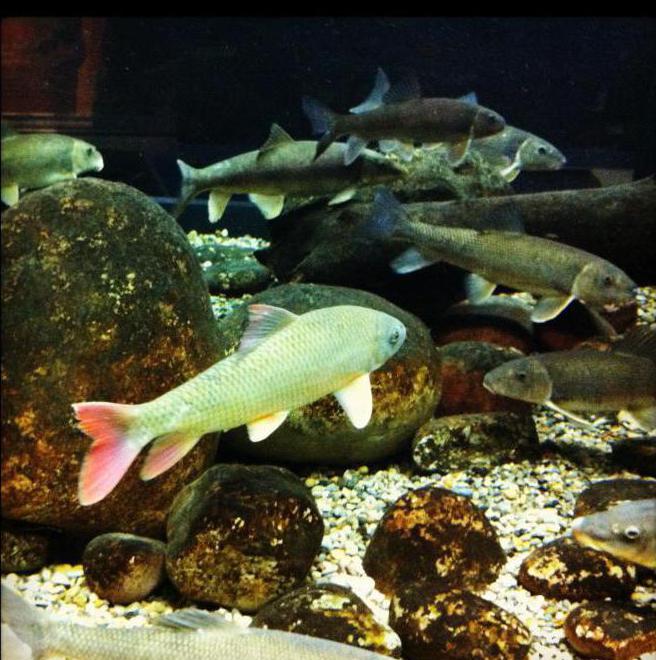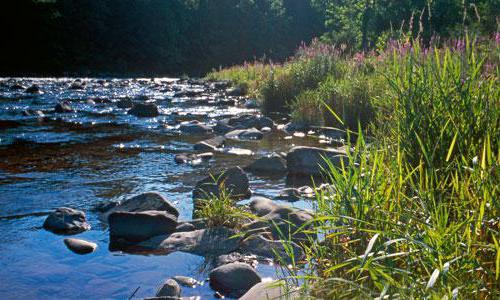The main feature of the aquatic habitat is ... Properties of the aquatic habitat
Water has long been not only a necessary condition for life, but also the habitat of many organisms. It has a number of unique properties, which we will discuss in our article.
Aquatic habitat: characteristic
In each habitat, the action of a number of environmental factors is manifested - the conditions in which populations of various species live. Compared to land-air environments, aquatic habitats (grade 5 learns this topic in geography) are characterized by high density and perceptible pressure drops. Its distinguishing feature is its low oxygen content. Aquatic animals, which are called hydrobionts, have adapted to life in such conditions in different ways.
Ecological groups of hydrobionts
Most of the living organisms are concentrated in the thickness. They are combined into two groups: planktonic and nektonic. The first includes bacteria, blue-green algae, jellyfish, small crustaceans, etc. Although many of them can swim on their own, they are not able to withstand strong currents. Therefore, planktonic organisms move with the flow of water. Adaptation to the aquatic environment is manifested in their small size, small specific gravity and the presence of characteristic outgrowths.
Nektonic organisms include fish and aquatic mammals. They do not depend on the strength and direction of the current and move independently in the water. This is facilitated by the streamlined shape of their body and well-developed fins.
Another group of hydrobionts is represented by peripheton. It includes aquatic inhabitants that attach to the substrate. These are sponges, some algae. Neuston lives on the border of the aquatic and terrestrial-air environment. These are mainly insects that are associated with the water film.

Aquatic habitat properties

Illumination of reservoirs
Another main feature of the aquatic habitat is that the amount of solar energy decreases with depth. Therefore, organisms whose life depends on this indicator cannot live at significant depths. First of all, it concerns algae. Deeper than 1500 m, light does not penetrate at all. Some crustaceans, coelenterates, fish and mollusks have the property of bioluminescence. These deep-sea animals produce their own light by oxidizing lipids. They use these signals to communicate with each other.

water pressure
Especially strongly with immersion, an increase in water pressure is felt. At 10 m, this indicator increases by the atmosphere. Therefore, most animals are adapted only to a certain depth and pressure. For example, annelids live only in the intertidal zone, and the coelacanth descends to 1000 m.

Movement of water masses
The movement of water can have a different nature and causes. Thus, the change in the position of our planet in relation to the Sun and the Moon determines the presence of ebbs and flows in the seas and oceans. The force of gravity and the influence of the wind causes the flow in rivers. The constant movement of water plays an important role in nature. It causes migratory movements of various groups of hydrobionts, food and oxygen sources, which is especially important. The fact is that the content of this vital gas in water is 20 times lower than in the ground-air environment.
Where does oxygen come from in water? This is due to diffusion and the activity of algae, which carry out photosynthesis. Since their number decreases with depth, the oxygen concentration also decreases. In the bottom layers, this indicator is minimal and creates almost anaerobic conditions. The main feature of the aquatic habitat is that the oxygen concentration decreases with increasing salinity and temperature.
Salinity index
Everyone knows that water bodies are fresh and salty. The last group includes the seas and oceans. Salinity is measured in ppm. This is the amount of solids that are in 1 g of water. The average salinity of the oceans is 35 ppm. The seas located at the poles of our planet have the lowest rate. This is due to the periodic melting of icebergs - huge frozen blocks of fresh water. The most salty on the planet is the Dead Sea. It does not contain any species of living organisms. Its salinity approaches 350 ppm. Of the chemical elements in water, chlorine, sodium and magnesium predominate.
So, the main feature of the aquatic habitat is its high density, viscosity, low temperature difference. The life of organisms with increasing depth is limited by the amount of solar energy and oxygen. Aquatic inhabitants, which are called hydrobionts, can move with water flows or move independently. For life in this environment, they have a number of adaptations: the presence of gill breathing, fins, a streamlined body shape, a small relative body weight, and the presence of characteristic outgrowths.







